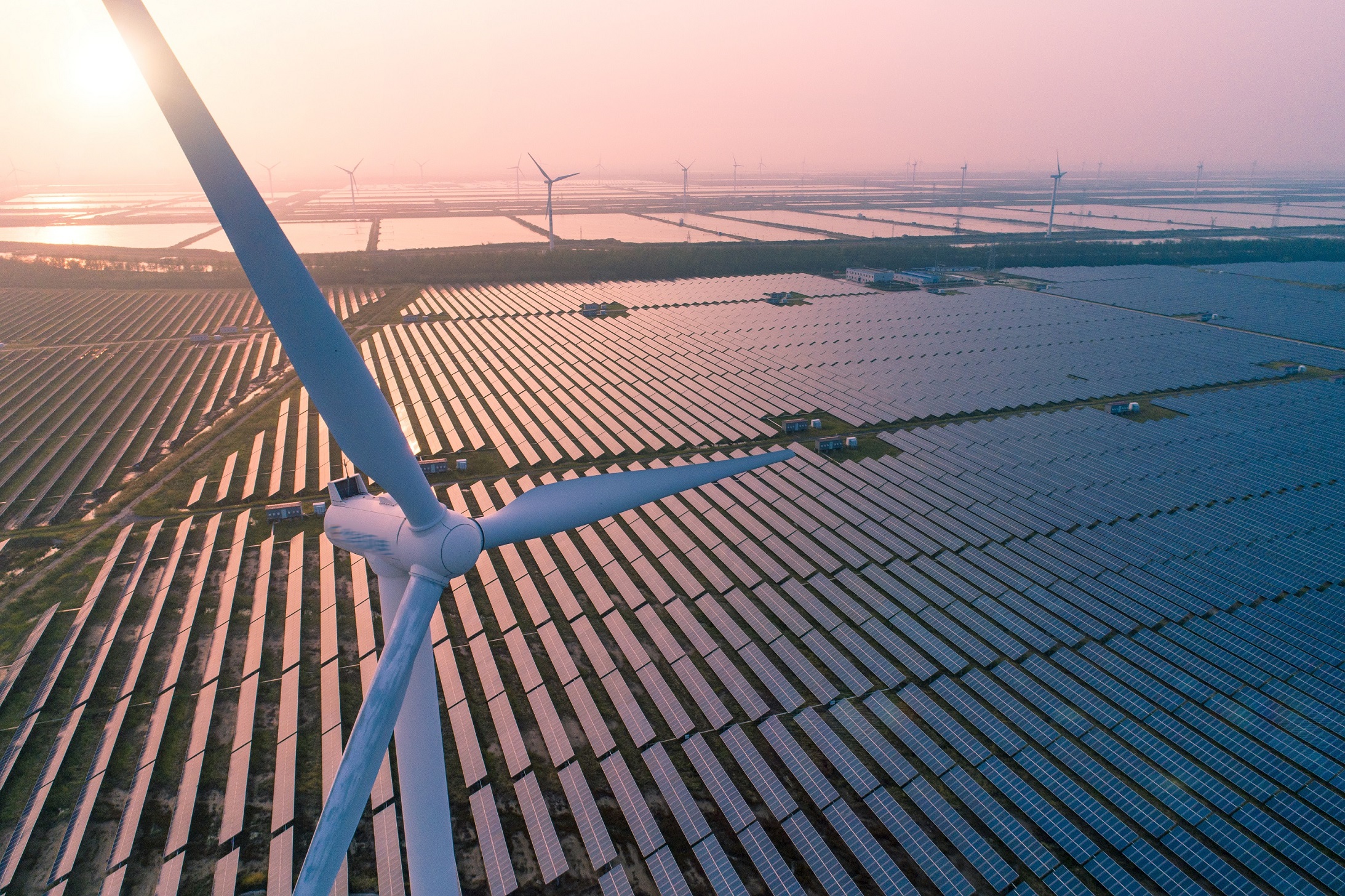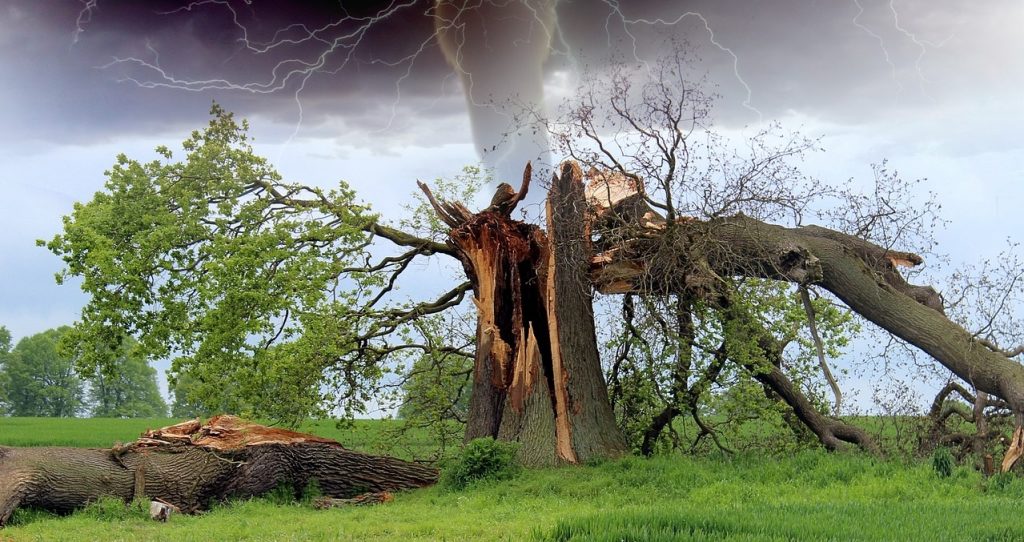Like organizations in virtually every industry today, utilities are addressing a number of critical challenges and trends in the market, from infrastructure demands, to calls to improve the customer experience, to talent demands, and much more.
How will the future for utilities evolve? In this informative podcast, Peter Tumminello and Claire Gotham offer a number of interesting insights into these issues. Pete is recently retired group president of commercial businesses for Southern Company Gas, and currently serves as a board member for a midstream natural gas company. Claire is a managing director with Protiviti and a leader in the firm’s Utilities Industry practice.
________
[Transcript]
Kevin Donahue: Like organizations in virtually any industry today, utilities are addressing a number of critical challenges and trends in the market, from infrastructure demands to calls to improve the customer experience to demands for talent and much more. How will the future for utilities evolve? This is Kevin Donahue, a senior director with Protiviti, welcoming you to a new edition of Powerful Insights.
I recently had a great conversation with Peter Tumminello and Claire Gotham, both of whom offered a number of interesting insights into these issues. Pete is recently a retired group president of commercial businesses for Southern Company Gas and currently serves as a board member for a midstream natural gas company. Claire is a managing director for Protiviti and the leader in our firm’s utilities industry practice.Claire, thanks for joining me. It’s great to speak with you today.
Claire Gotham: Thanks. It’s great to be here, Kevin.
Kevin Donahue: Pete, very nice to meet you and speak with you as well.
Peter Tumminello: Thank you. My pleasure, as well, to be here.
Kevin Donahue: Pete, let me ask you our first question: How do utilities choose where to invest when there are so many areas competing for their attention and funds from infrastructure, customer-facing programs, and this new buzzword we’re all following on customer experience, new technology and such? Where and how do they choose to make their investments?
Peter Tumminello: Kevin, I think everything starts with investments in safety, especially for gas utilities. Everything that they want to start with is replacing infrastructure, pipeline, compressor and other infrastructure that’s aged and making it as much up to date as possible through pipeline-replacement programs. What happens in these programs that are helping with safety, they have a dual benefit of reducing methane emissions and helping gas utilities move closer to their net-zero goal.I believe the investments have to begin with safety. That’s what the state public utility commissions certainly are looking at and measuring utilities on. As you go from there and you look at customer-facing investments, there’s a lot of investment in the customer experience, be it in the call-center technologies or in the technologies to sending out technicians to somebody’s home.Utilities historically have not been known for being the most customer-centric. Matter of fact, they called them ratepayers for many years, which is a horrific way to refer to your customers. Now, what they’re doing is calling them customers for the most part and providing them, on their handheld phones, real-time information of when a technician is coming to their home, what the picture of that technician looks like, and real-time infrastructure updates on technology is very important on the customer experience. As you keep going down the path of the aging workforce, investment in training — we have a tremendous aging population of workers in both gas and electric utilities, so an awful lot of training and recruiting, partnership with technical schools, to be prepared for an exodus of an awful lot of employees in that space.One of the newer areas is data analytics. This is going to be difficult for utilities, but a lot of data analytics around AI, artificial intelligence, and other technologies are being deployed. Now, what’s happening is, utilities are having to compete with almost every other industry for AI staff, and that has been difficult because of the salaries and what’s required to get best-in-class skills there. They’re having to compete with Google, Microsoft and every other industry that is looking to do more AI.Then, you go on R&D. There’s a lot of investment in R&D, especially in my prior company, Southern Company — a tremendous amount of investment in renewable natural gas, hydrogen, carbon capture and sequestration. The future of the company is depending on R&D.To wrap a bow around all of that, these things require the state public utility commissions to approve these programs, so most of these investments won’t occur until they’ve actually gone through a rate case and been approved. Once they’re approved, then it can be all of the above — get deployed, assuming they get approved by the state regulatory commissions.
Claire Gotham: Yes. I would agree with that, and I was just going to follow up on one of the points about AI, which is interesting because I had a conversation this morning about the use of AI in the utility space. Where we’re seeing some of the leaders really try to utilize that and not just in safety but also in forecasting, whether we’re talking about load forecasting or weather or customer pattern and customer growth, but again, all to lead to lead to the path of safe and reliable service. You’re right. They are competing for those same resources next to lots of other industries and tech companies, and so that’s going to be a continued challenge that we see.
Peter Tumminello: Yes. Claire, if I could add, especially this year, in 2021, after the February Arctic storm, a tremendous amount of cost recoveries needed by utilities for the significantly high gas and power cost, so you stack that into the mix of all the other investments utilities want to make, they have to be careful not to cause rate shock for their customers, and so that event in February added a lot more pressure on some of these other programs, I believe.
Claire Gotham: Yes, I can see that. Sticker shock when you open that envelope, right?
Peter Tumminello: You bet.
Claire Gotham: Nobody wants that.
Kevin Donahue: Those are great insights. Thank you, both. Claire, my next question, I think, is a good segue from the prior responses both of you provided. In terms of engaging stakeholders, how can utilities best engage these individuals or entities for the variety of different new programs for customers that they’re developing, from electric vehicles at the retail level to distributed energy resources and other initiatives too? What are some of the best ways to engage their stakeholders?
Claire Gotham: I think that there are some distinct approaches that I am seeing utilities take, and again, we have to keep this in the framework of the regulatory world within which utilities live. If we’re talking about retail customers and things like distributed energy resources that are EV charging stations or smart thermometers or smart appliances, they’re rolling out programs where they are seeing people’s appetites for that. They’re educating people about the benefits of these products and really trying to engage them around how it will benefit their lifestyle and their home and their envelope or their bill, essentially. Less envelope shock, as we mentioned earlier. I think that they’re doing a good job in that area, and that is going to continue as those items grow. They grow in popularity. They grow in number. I know myself, in my house, I have several of those items.On the commercial/industrial side, when we talk about distributed energy resources, I think the approach is a little bit different because that’s where you really have large dollars at stake. You do have to go to the regulatory commission and, as Pete described, get permission for these programs, whether it’s a pilot or an actual program, and so I’m seeing clients try and put together those packages. Everything from customer surveys demonstrates customer desire of these different items — wind, solar, things like this — at their level to market-landscape reviews and white papers and forecasts for how these things will integrate into the current grid. I think it’s a little bit like mapping out your route. We know we want to get to a certain place, whether that’s 2035 or 2050, but it’s filling in the stops and those ways we get there, the different routes we can use.
Peter Tumminello: If I could add there, I would say if you look at the commercial/industrial space, the data centers are going to be the North Star for the future, or they could be in terms of what they’re requiring around green energy, energy efficiency, and 100% resilience and reliability. The ask by the data centers is extremely high. They’re looking for new data centers to be completely green and to be completely resilient and at low cost, and those three don’t stack up very well together. When you look at distributed-energy resources, I would say let’s look towards the data centers — Microsoft, Google, others who are putting in these new data centers — and what they’re requiring, and their requirements are extreme. They’re extremely high, and if the industry can meet those requirements, then I think the other part of the economy will want to follow suit fairly quickly.On the EV side, utilities have to be flexible, whether or not they’re going to own the EV stations or just provide the power. I think they — at least the utilities I’m familiar with — are a little bit agnostic. Whether they own the station or not, they’d like to see the juice flow to those stations. One vehicle can be an equivalent of a heat pump in a home, a tremendous increase in load, and that’s what the utilities would love to see, because they’ve been facing lower usage — or at least flat usage — over the last 10-plus years. That’s been a challenge for electric utilities, so this is one of the top markets for them, and I think they’re just trying to figure out whether do they own the stations or they just provide the possible service to get the power to those stations?
Claire Gotham: Anecdotally, Pete, I feel like I heard stories about people using their vehicles during the Arctic event in Texas as backup power while they were waiting for their power to come back in various places.
Peter Tumminello: That’s exactly right. There’s a particular truck. I won’t be a commercial for that truck company —
Claire Gotham: Yes. That’s someone I heard of too, yes.
Peter Tumminello: Matter of fact, I just bought one, and it serves as a backup generator for part of your home, which is incredible, and I’ll just say this: Around resilience, that was tested in a massive way, and anything around distributed-energy resources has got to be 100% resilient because any utility or any nonutility installation can serve your needs 98% to 99% of the time, but you need it at that most critical time, and that’s where the designs are going to have to go to, is complete resilience.
Claire Gotham: The 1%, yes. I agree. I was going to add to your statement about the data centers. That was an excellent point because they run 24 hours. To support you in your point, where there are renewable-energy requirements, we’re very stringent, and it had to be demonstrated true renewable-energy sources, and not just renewable-energy credits, for example, or carbon offsets. It had to be the power that they wanted for their data centers, from their utility provider, needed to be true renewable: wind, hydro, solar.
Peter Tumminello: Exactly, or even renewable natural gas, if it’s going to be running a backup generator, so you’re exactly right. They don’t want carbon offsets. They don’t want to pull power necessarily just off the grid. If they do, they’ve got to show point-to-point it’s coming from something renewable. That’s exactly right.
Kevin Donahue: Pete, let me ask you, how are utilities valuing their competitive nonutility businesses as part of their long-term strategy?
Peter Tumminello: That’s the side of the business that I led for many, many years, and it included a trading business, a midstream pipeline/midstream storage business, retail energy, behind-the-meter energy services. I would say very simply, most utilities want those investments to have stable, predictable, reliable, repeatable earnings, and if a nonutility business can fit that description, that is what the investors in utilities want. If they don’t fit that description, you’re seeing exits. You’ve seen utilities sell some of their natural gas storage assets. You’ve seen them sell some of their trading businesses. You’ve seen them sell some of their behind-the-meter businesses if they’re not meeting that earnings profile.However, you’ve got the other side of it where their DER — distributed-generation businesses — they really are more patient with. They’re wanting to give those businesses time to grow. Most utilities know this is going to be needed by their customer base. They also know that competitors are coming in, trying to take customers potentially off grid, and that could hurt a utility on the electric side, maybe the gas side too. Being in the DER business, even though they may not be that stable, reliable earning stream now, there’s still some patience in that type of business to be in a little bit longer term.
Claire Gotham: Yes, I would agree. I’m always talking to clients about the possibility of current commercial and industrial customers moving from being partners in the space — we talk about DERs and emerging energy solutions — to being potential competitors. Some of the larger folks can come up with their own solutions, and if they don’t become competitors, they do get lost to competitors, potentially. I agree with you. I am seeing them give that a much longer-term view and have more patience for those programs.
Peter Tumminello: If utilities can’t find a way to be fast moving, provide 100% green, 100% resilient at a competitive price with competing nonutility businesses, they, over time, could lose load. I don’t think that load is leaving their system at the rate they thought it might at this stage, but that could still occur where these customers could leave their system if they find a competitive alternative that can give them the resilience and the green solution that they’re looking for at a fair price.
Kevin Donahue: Pete, Claire, this has been a terrific discussion. You offered some really interesting insights around utilities operations today and some of their strategies and objectives for the future. Thanks for joining me.
Claire Gotham: Thank you, and thank you, Pete. I really appreciate you joining us.
Peter Tumminello: Thank you, Claire. Great being part of today’s discussion.
Kevin Donahue: Thank you for listening today. For more information, I invite you to visit the Utilities industry section at Protiviti.com. I also encourage you to subscribe to our Powerful Insights podcast series and to review us wherever you get your podcast content.
[End of transcript]




